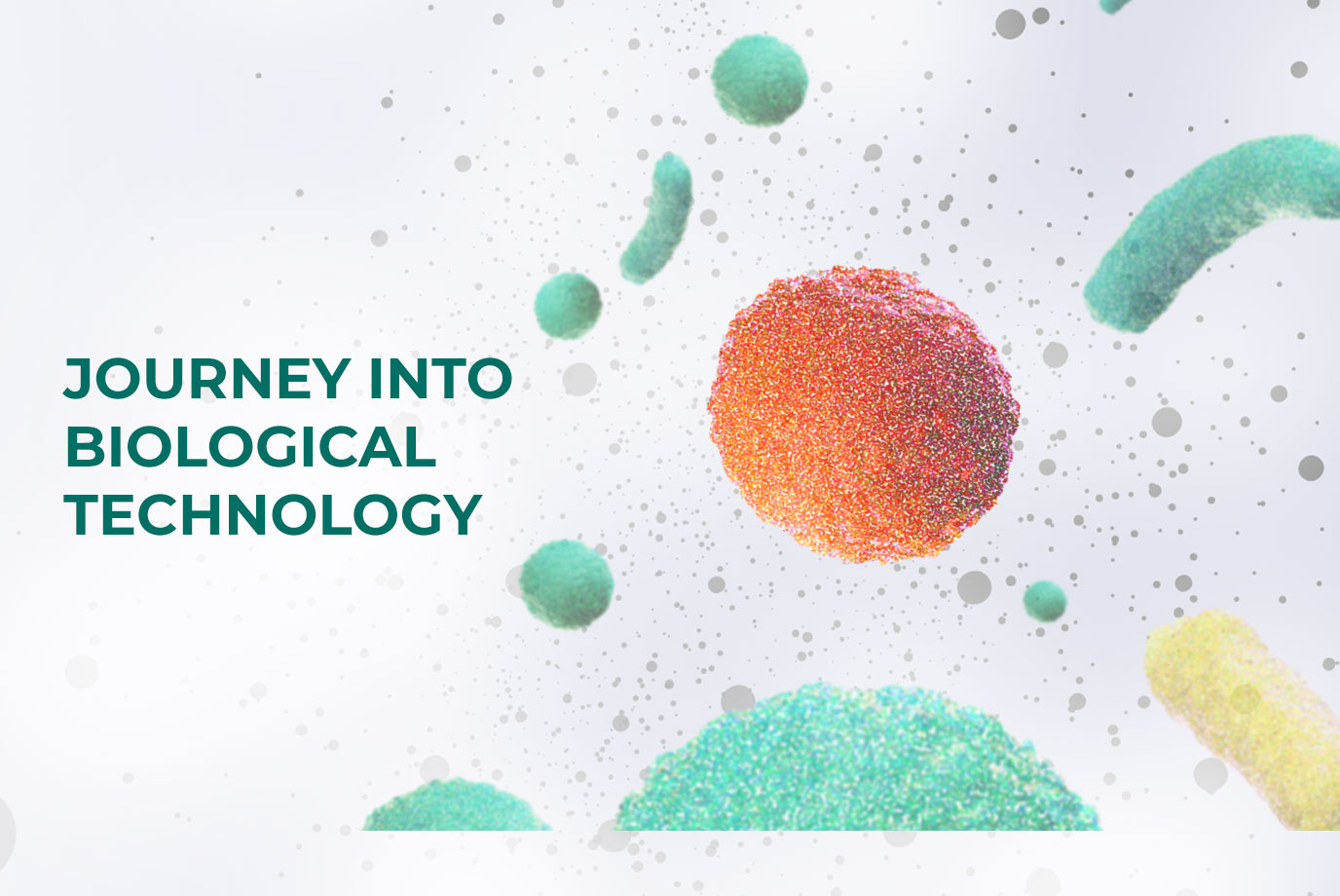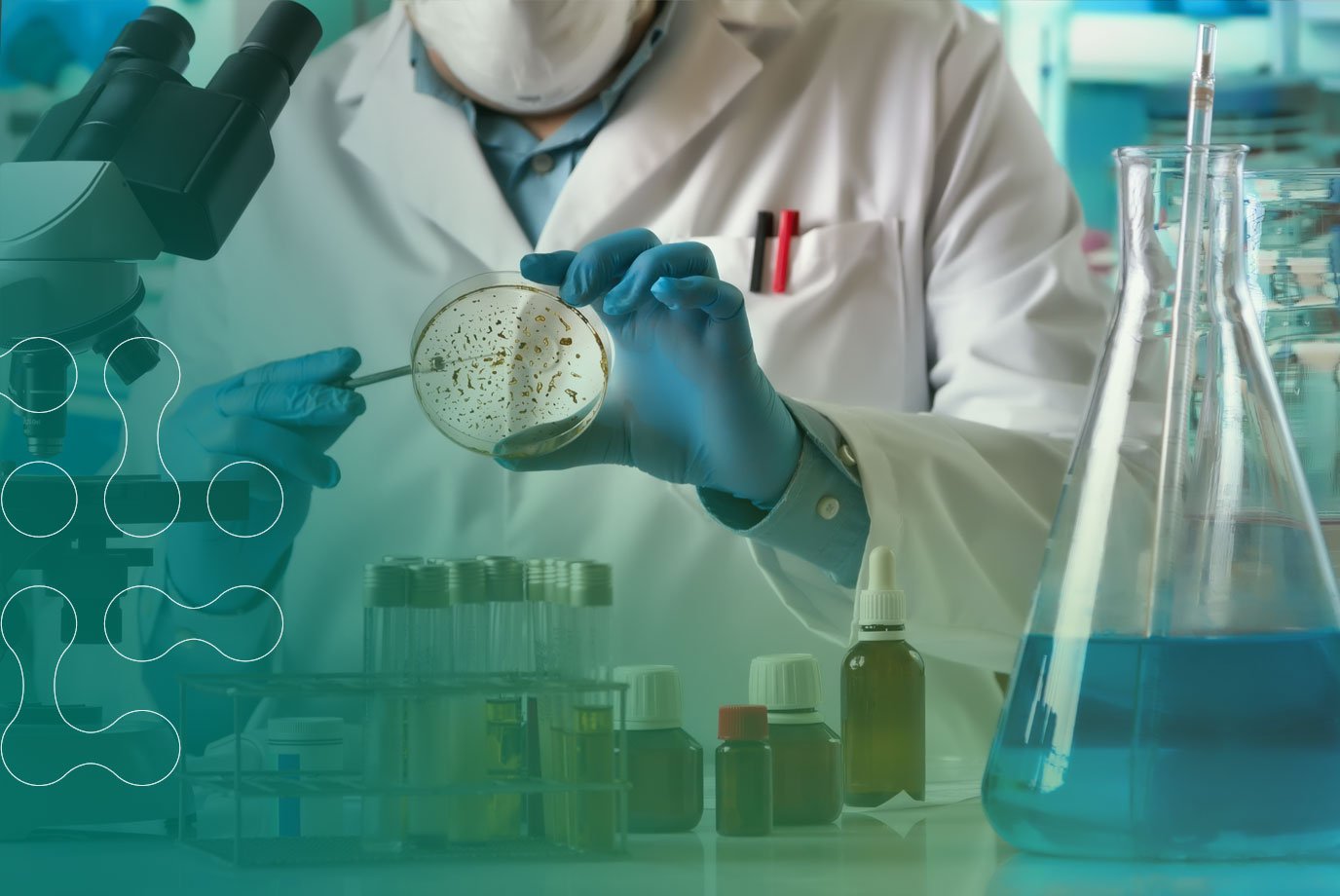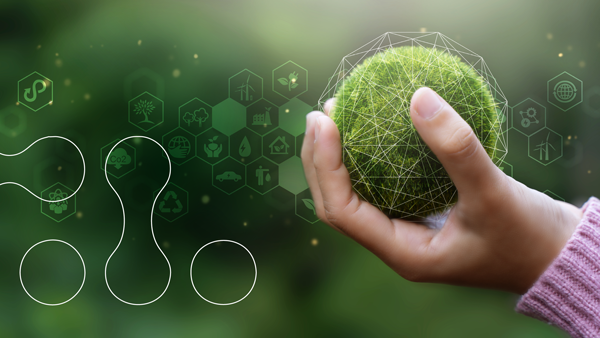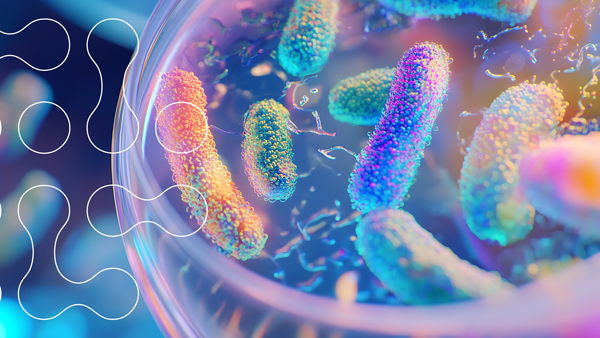It wasn’t long ago that plastic was hailed as the material of the future. Versatile, strong and reliable, when polyethylene (the most common plastic - used to create packaging, bottles and the main cause of pollution) was discovered in 1933, nobody could have imagined the global impact that it would have.
Fast forward to 2018 and the once hailed material is now the villain of nature. Various reports claim that plastic pollution in the ocean is set to treble over the next decade, that pollution from plastic in the Pacific Ocean alone covers an area the size of France and that a shocking 8 million tonnes of the material in dumped in the oceans annually.
It is easy to see why plastic pollution has become such an important issue and is currently reported with a more pressing nature than other forms of pollution. Unlike carbon emissions and other ‘invisible’ pollutants, something floating in the ocean is clearly visible. David Attenborough brought the problem to the public eye with the final episode of his stunning series, Blue Planet II. Upsetting and emotive images of fish and birds tangled up, albatrosses ingesting plastic and a mother whale grieving her dead calf sparked a reaction from the public that couldn’t be ignored.
Plastic pollution finally began to make headlines. The World Health Organisation (WHO) launched a health review after a worrying study found that 90% of bottled water contained microplastics.
Just this week, the government has announced a new policy for England that means customers will pay more money when they buy drinks in bottles and cans as a way to boost recycling and cut waste.
There will be an extra fee for some products - but shoppers will get their money back if they return the container it came in to be recycled. The scheme is expected to cover plastic bottles, single-use glass containers, and steel and aluminium cans.
Countries such as Germany, Norway and Sweden have a similar system, called a Deposit Return Scheme, and it helps those countries recycle more than 90% of their waste.
Perhaps the most innovative idea is by Carlisle based company MacRebur. The company has designed a solution that involves collecting plastic waste from councils and turning it into a material that can be used to surface roads. Tests on the product have shown that the MR6 filler material that is created is 60 per cent stronger and ten times longer-lasting than the regular surface used. It is made with 100 per cent recycled materials. Its creation cuts use of fossil fuels and could divert plastic waste from ending up in landfill. Local authorities in Scotland are already teaming up with MacRebur.
Another company, Powerhouse Energy, have come up with an innovative method of turning plastic, and other waste, into synthesis gas which can then be used to generate electricity. According to a Powerhouse Energy spokesman, “This is a completely closed cycle process that creates zero emissions”.
Nobody is claiming that these few solutions to the plastic pollution issue are going to save the world and completely eradicate the problem. However, due to the global awareness now being paid to the issue, at least we are beginning to create new ways to deal with plastic pollution.




